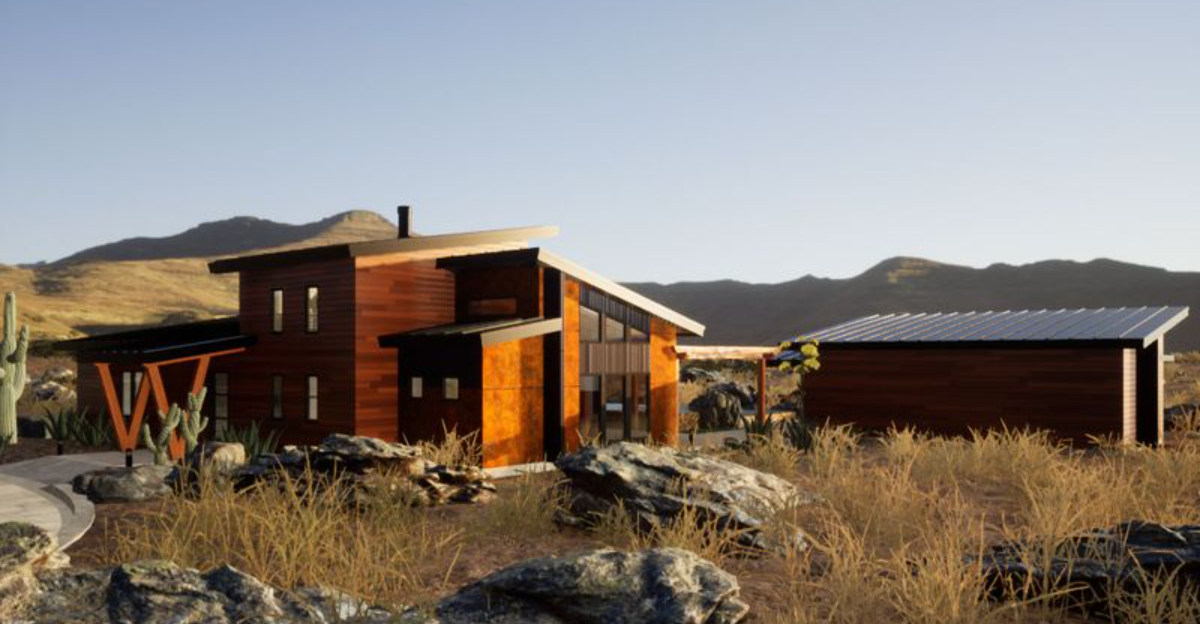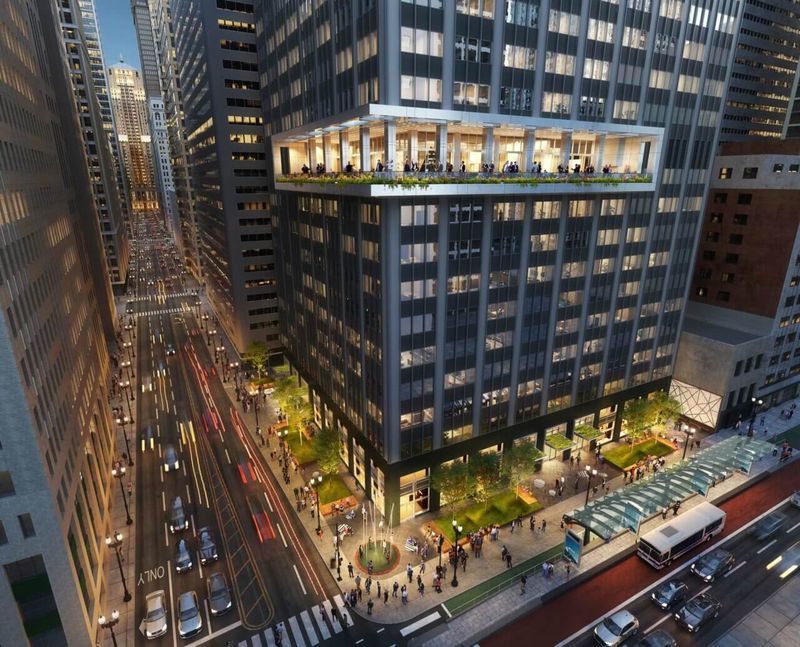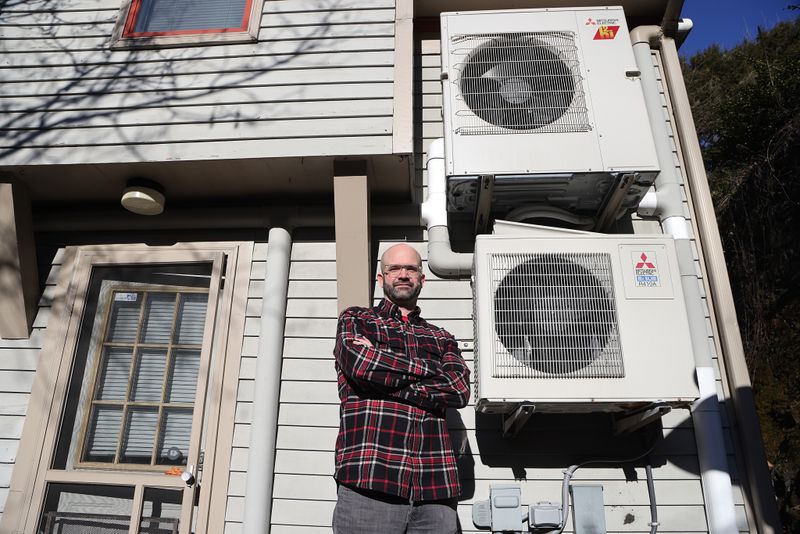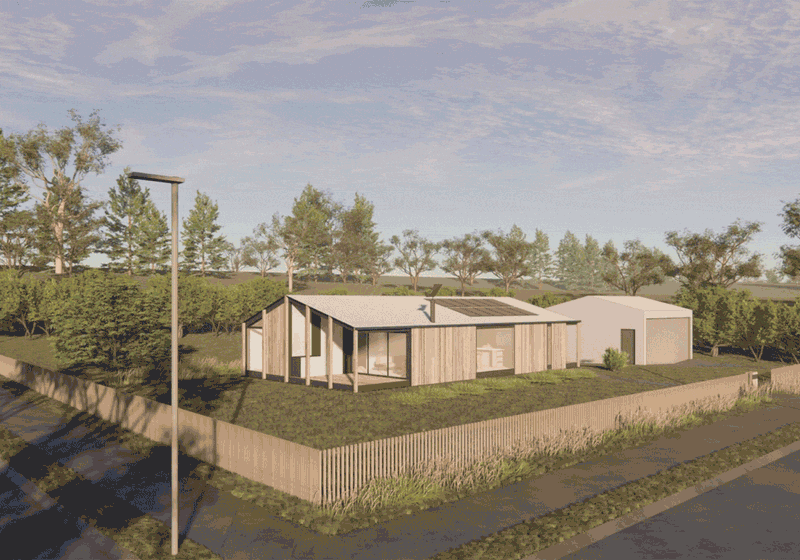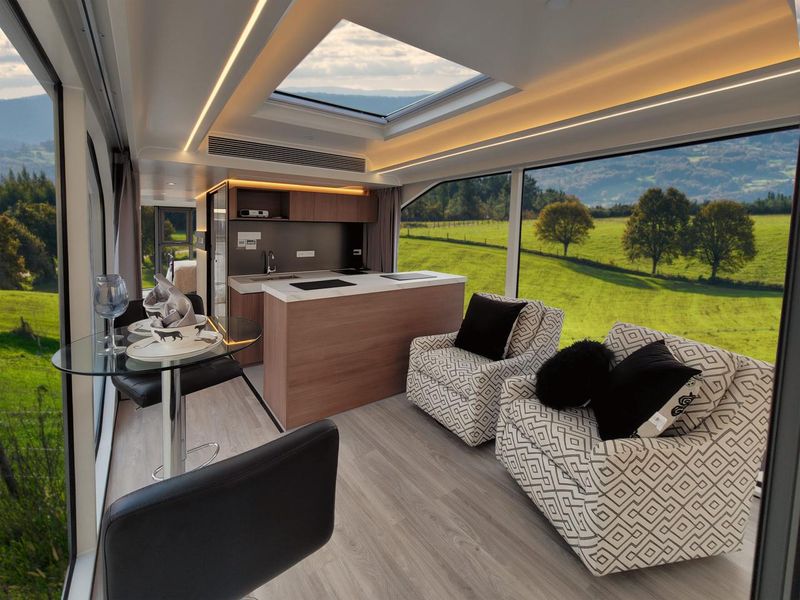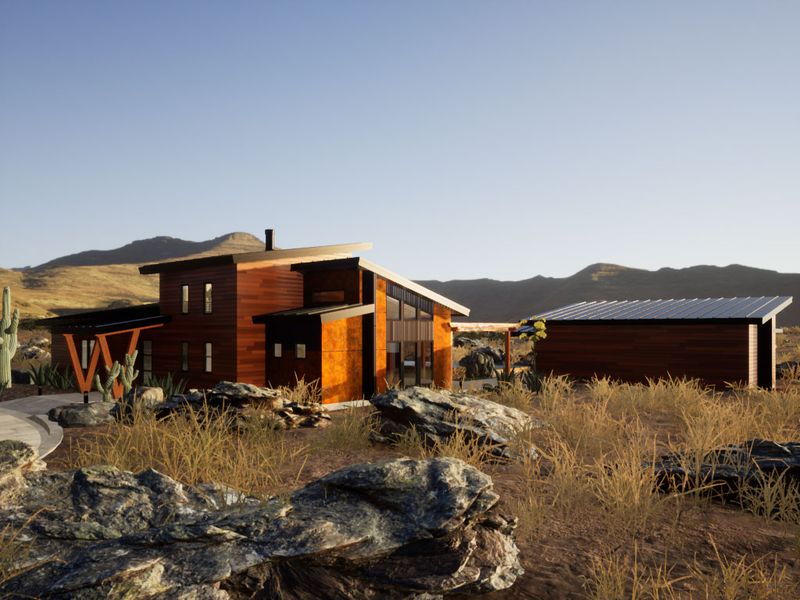The housing market is always shifting, and by the time 2025 wraps, some home types might surprise you – in both directions.
While a few once-coveted styles are losing steam (and price tags), others are quietly gaining value as buyer preferences evolve and lifestyle needs change.
Whether you’re looking to buy, sell, or just stay informed, knowing which homes are trending up – and which are headed for markdowns – can give you a serious edge. Here are 8 that will drop in price, and 8 that are about to get a lot more expensive.
1. Luxury High-Rise Condominiums
Ever wondered why those gleaming towers in the sky might become more accessible? The luxury condo market is cooling off as remote work changes where people want to live.
Developers have been building these fancy apartments like crazy, creating more supply than demand. When too many sellers chase too few buyers, prices naturally fall.
2. McMansions in Far-Flung Suburbs
Remember those massive cookie-cutter houses that sprouted like mushrooms during the early 2000s? These oversized homes with their bizarre architectural mishmashes are falling out of favor fast.
Young families today prefer smaller, more efficient homes closer to city centers. Rising gas prices and lengthy commutes make these distant suburban behemoths increasingly unattractive.
3. Vacation Homes in Seasonal Destinations
Daydreaming about a beachfront getaway or mountain cabin? Your patience might pay off! Second homes in tourist hotspots are headed for a price correction.
Many vacation properties purchased during the pandemic buying frenzy are now sitting empty as travel returns to normal patterns. Short-term rental income has also dropped for many owners as the market becomes saturated with options.
4. Older Homes Needing Major Updates
Fixer-uppers are scaring away today’s busy buyers who lack time for major renovations. The charm of that 1960s kitchen isn’t winning hearts anymore!
Higher interest rates mean fewer people can afford both a mortgage and extensive renovations. Construction costs remain elevated too, making the total investment for outdated homes less appealing.
5. Downtown Office Conversions
What happens when skyscrapers full of empty cubicles transform into apartments? Magic for renters and buyers alike! Office buildings left vacant by remote work trends are getting makeovers.
Cities are offering juicy incentives to developers who convert these spaces to residential use. The resulting flood of new downtown living options will increase supply dramatically in urban cores.
6. Energy-Inefficient Larger Homes
Utility bills that rival mortgage payments? No thanks! Older energy-guzzling homes are falling out of favor as climate consciousness rises and energy costs soar.
These properties often feature outdated HVAC systems, poor insulation, and inefficient appliances that drain both the planet and owners’ wallets. Younger buyers especially prioritize sustainability and lower operating costs.
7. Homes in Areas Facing Climate Challenges
Mother Nature is reshaping real estate values faster than coastal erosion! Properties in flood zones, wildfire-prone regions, or areas facing water shortages are losing their luster.
Insurance companies are either hiking premiums dramatically or withdrawing coverage entirely from high-risk locations. Without affordable insurance, mortgage approval becomes nearly impossible, shrinking the buyer pool.
8. Homes in Economically Declining Small Towns
Small towns struggling with population exodus face a housing reality check. When local factories or major employers close, housing values often plummet as residents seek opportunities elsewhere.
Many rural communities continue losing young people to cities with better job prospects and amenities. This demographic shift leaves excess housing supply with dwindling demand.
1. Tiny Homes with Smart Technology
These compact living spaces are evolving from simple minimalist dwellings into high-tech marvels. Built-in AI assistants, space-maximizing furniture that transforms at voice command, and ultra-efficient energy systems are making tiny homes surprisingly sophisticated.
The combination of sustainability and cutting-edge technology creates a premium market segment that appeals to eco-conscious tech enthusiasts.
2. Converted Industrial Warehouses
Once overlooked urban spaces are now the canvas for some of the most sought-after residential properties. Old factories, warehouses, and industrial buildings with their soaring ceilings, exposed brick, and massive windows offer a distinctive aesthetic that new construction simply cannot replicate.
The limited supply of these historical structures, especially in revitalized urban centers, naturally drives up their value. Developers are competing fiercely for the remaining unconverted spaces.
3. Underground Bunker Homes
What once seemed like doomsday preparation has transformed into a luxury housing trend. Modern underground homes offer unparalleled energy efficiency, natural protection from extreme weather, and a level of privacy impossible to achieve with conventional housing.
Far from the claustrophobic bunkers of the past, today’s subterranean dwellings feature light wells, interior courtyards, and sophisticated artificial lighting systems that mimic natural sunlight patterns.
4. Floating Homes and Houseboats
Rising sea levels and waterfront property scarcity have sparked renewed interest in aquatic living solutions. Modern floating homes bear little resemblance to traditional houseboats – they’re architectural marvels designed specifically for water-based living with stability systems that minimize motion.
Communities of these structures are emerging in coastal cities worldwide, offering waterfront living without the astronomical costs of conventional shoreline property.
5. Homes in Walkable Suburban Neighborhoods
The sweet spot between urban convenience and suburban space is becoming housing’s golden ticket. These neighborhoods feature tree-lined streets with sidewalks, local businesses within walking distance, and homes with actual yards – combining the best elements of city and suburban living.
Communities designed around the 15-minute city concept, where daily necessities are accessible without a car, are particularly attractive to millennials starting families and work-from-home professionals.
6. Wellness-Focused Biophilic Homes
Remember when having a gym in your home was fancy? The next wave of wellness-centered homes takes health integration to extraordinary levels.
These properties feature built-in air purification systems, circadian lighting that adjusts throughout the day, and materials scientifically selected to reduce stress and improve sleep. Indoor gardens aren’t just decorative – they’re integrated into the home’s ventilation system to naturally filter air.
7. Multi-Generational Compound Homes
Family compounds featuring a main house with several smaller connected dwellings are addressing both housing affordability and the desire for closer family connections.
Modern compounds typically include a primary residence plus 2-4 smaller homes or apartments, often arranged around shared outdoor spaces. Smart design ensures both privacy and community, with thoughtful soundproofing and separate entrances balanced with communal gardens or recreation areas.
8. Repurposed Historical Buildings
Old churches, schools, fire stations, and other community buildings are finding new life as distinctive residential spaces. These conversions preserve architectural details impossible to recreate today – soaring ceilings, stained glass windows, ornate woodwork, and stone masonry that tell stories of our collective past.
Living in a piece of history offers both bragging rights and emotional connection to place that new construction simply cannot match. Developers who successfully balance modern amenities with historical preservation create truly one-of-a-kind homes.

